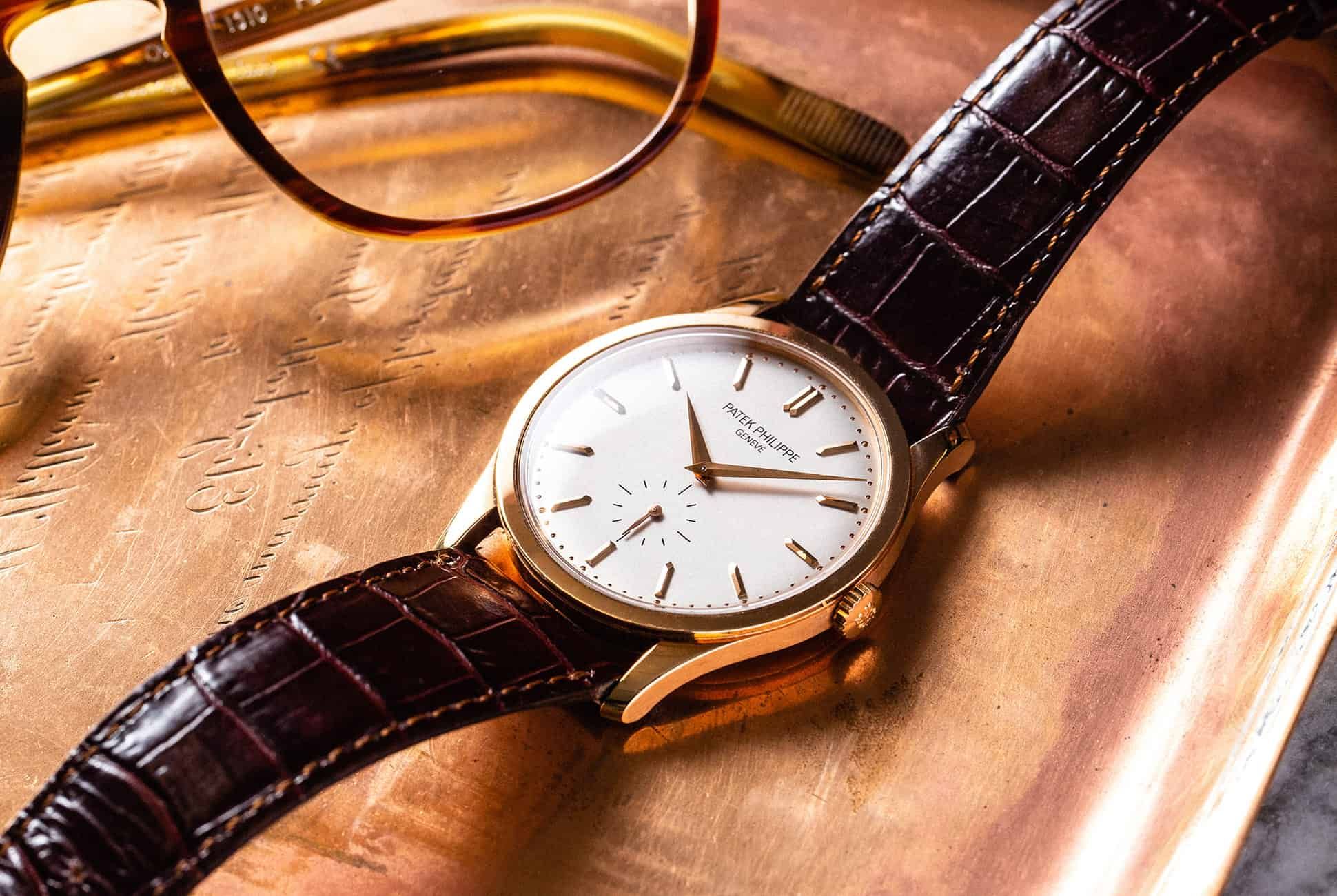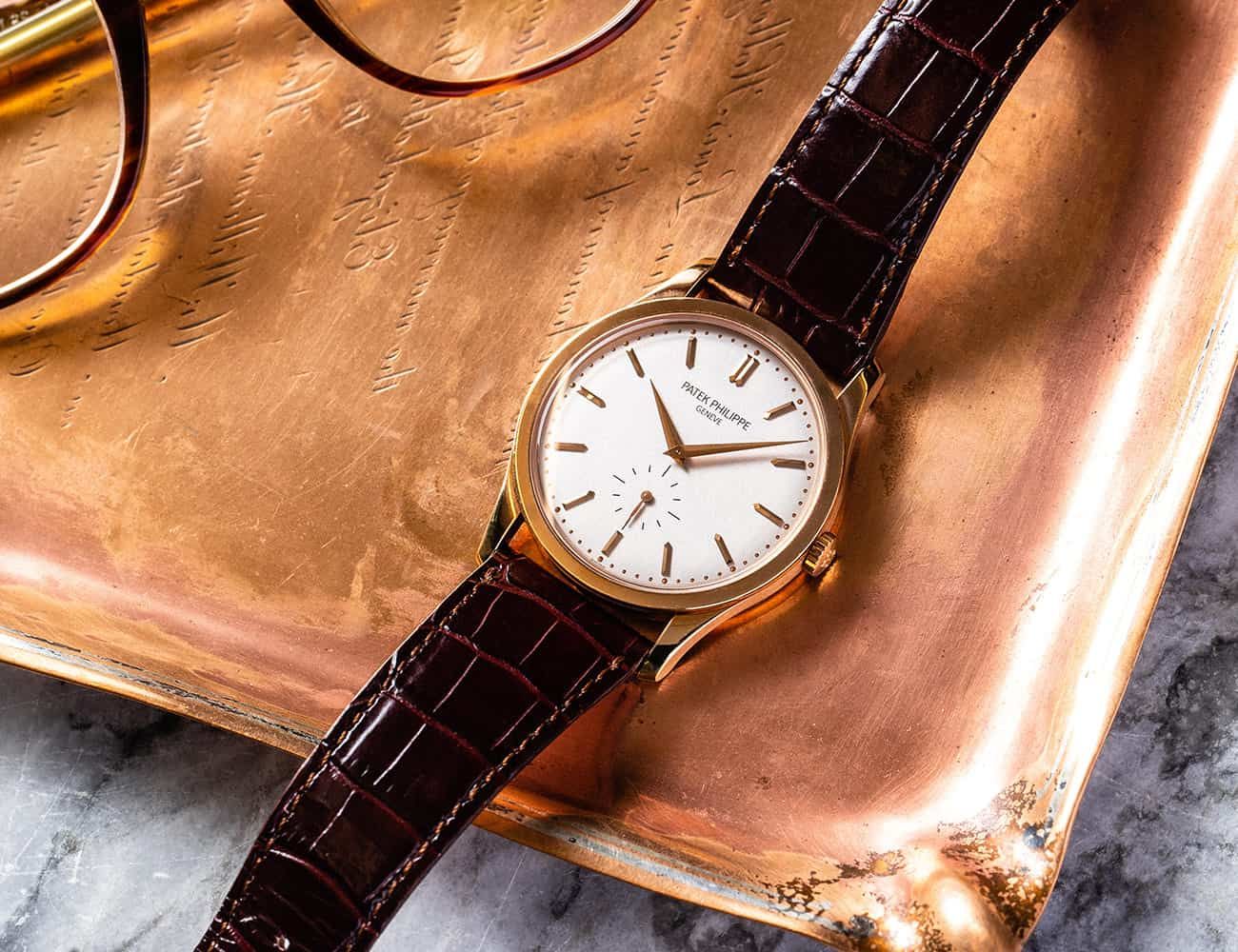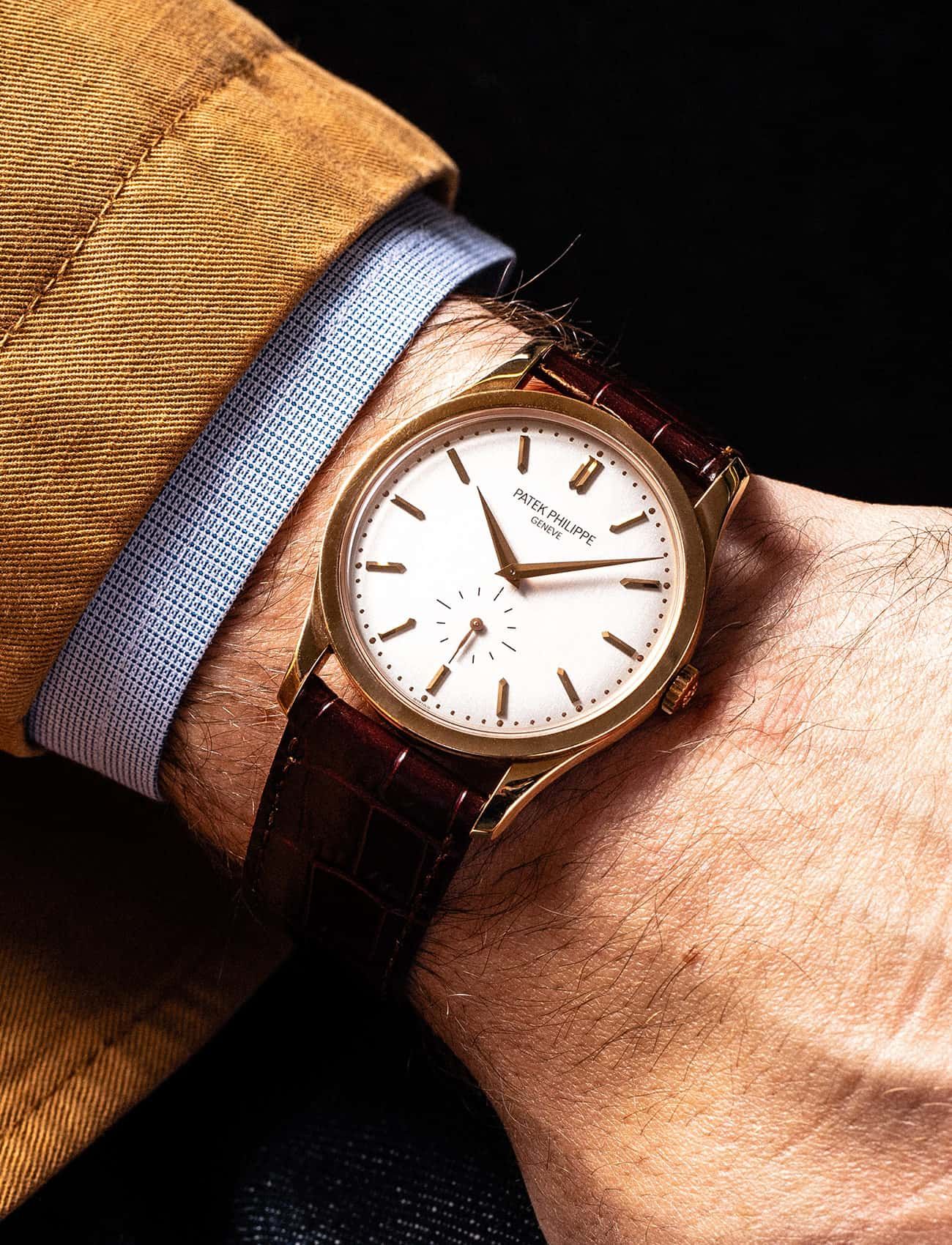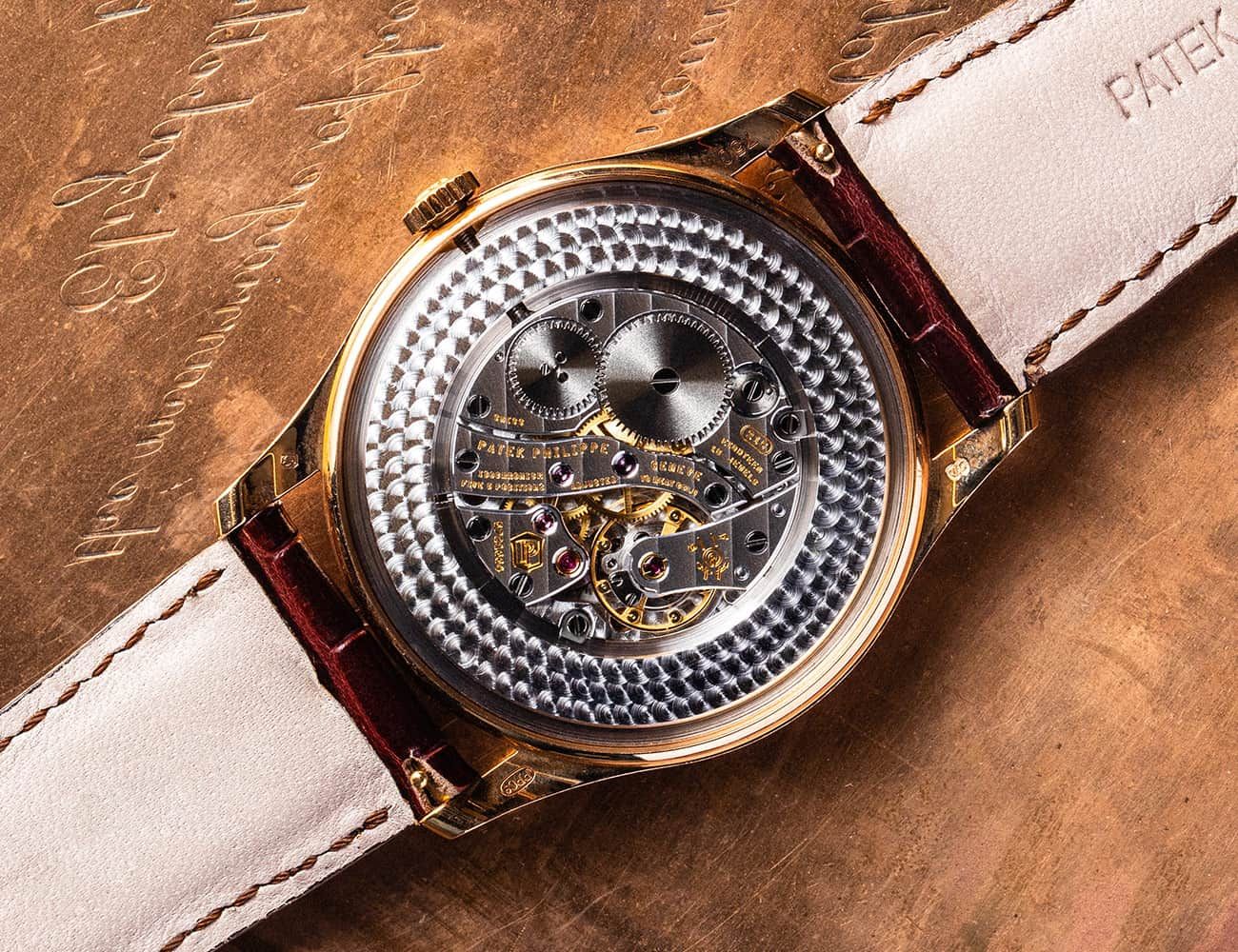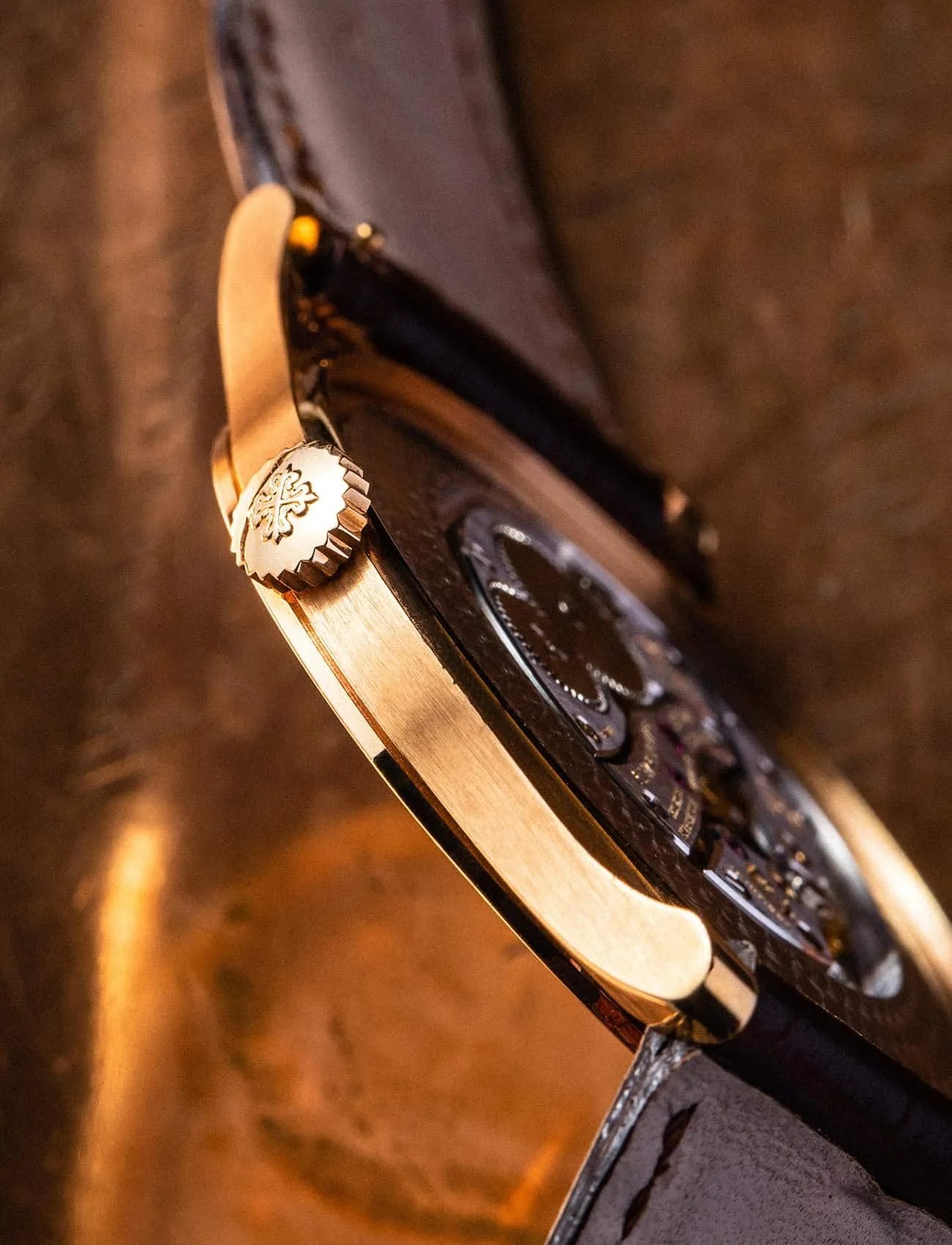There is a certain mystique surrounding Patek Philippe that exists even amongst die-hard watch fans, and the mystique is understandable. After all, a business that has been in continuous operation for over 175 years and commands prices of, in certain cases, the high six-figures (and more at auction) must be at the very top of its game, and this notion can be intimidating on several levels. Many of us tend to admire their work from afar, with the knowledge that these watches are largely “unobtanium” simply by virtue of their price and exclusivity. High-end complications, haute horologie, precious metals — these are all hallmarks of Patek Philippe that watch collectors are familiar with.
So how does one break into this world of super high-end watchmaking? What is the price of entry? Where does one begin? These are all legitimate questions that bear addressing, and though the truth is that each one has several possible answers, there is a fairly logical entry point to Patek Philippe that can be appreciated by both the complete newbie and the seasoned collector alike: namely, the Calatrava.
Some background
Following the great stock market crash of 1929, fewer customers had the means to purchase Patek’s storied complicated watches, for which the firm was renowned. Jean and Charles Henri Stern, co-owners of a dial manufactory, purchased a controlling interest in the renowned watchmaker in 1932, and in an attempt to revitalize the business, decided to design a product that would appeal to the European appetite for simpler timepieces and come in at a lower price point.
The Stern brothers enlisted the aid of English watch designer David Penney, and in 1932, introduced the Calatrava, a dress watch that embodies simplicity, elegance and grace, and has since become one of the flagship Patek Philippe models as well as the quintessential dress timepiece. Influenced by the German Bauhaus school established by Walter Gropius in 1919, these watches embody that movement’s “less-is-more” philosophy of economy and elegance, and take their name from the Cross of Calatrava, the 12th-century symbol of the Spanish military order of Calatrava and symbol of Patek Philippe.
Despite the introduction of numerous different models over the years, the essence of the Calatrava has remained fairly consistent since the 1930s: a round case with integrated lugs (most often in a precious metal), a simple dial with stick markers (though Arabic, Breguet or Roman numerals have sometimes been used), leaf or sword hands, and the ability to perfectly compliment a suit or formalwear while still managing to fly under the radar. And though the Aquanaut line presents another entry point into Patek for similar money (roughly the $20,000 mark), it’s the Calatrava that has managed to remain a staple in the company’s catalog for over 85 years.
We spoke with Larry Pettinelli, President of Patek Philippe USA about the Calatrava line, why it stands the test of time and how it constitutes the perfect entry point into Patek Philippe:

